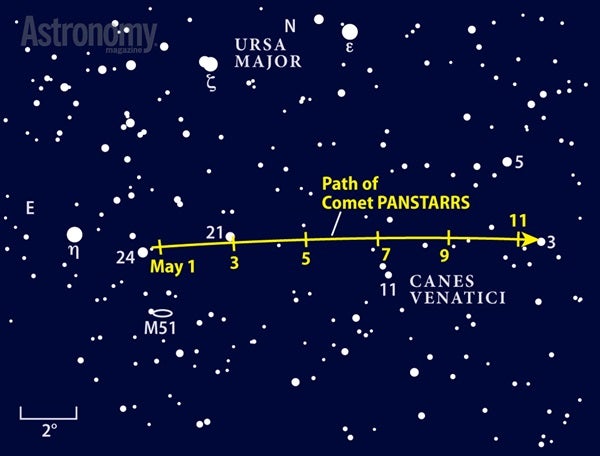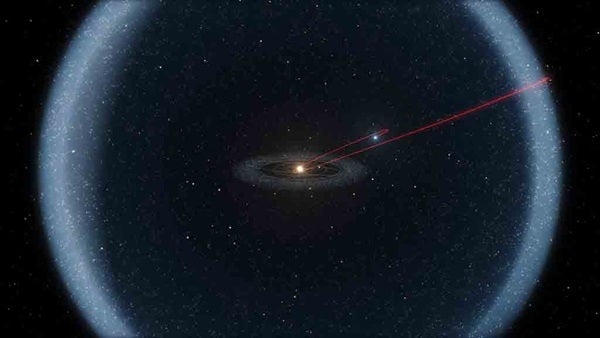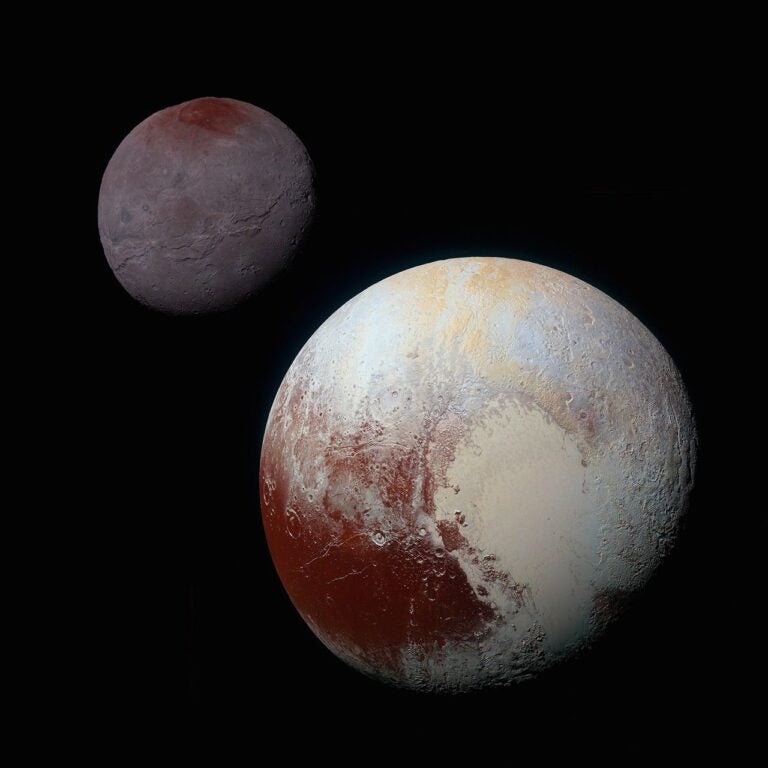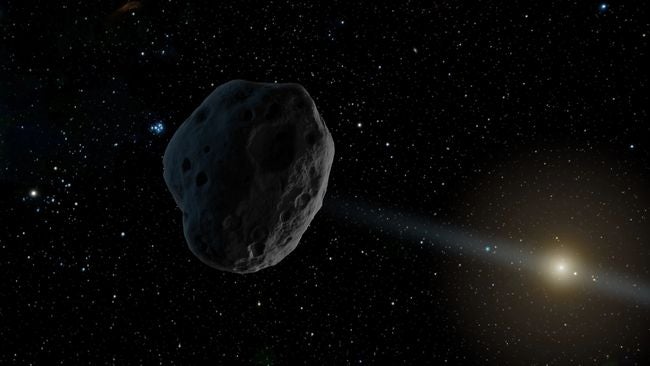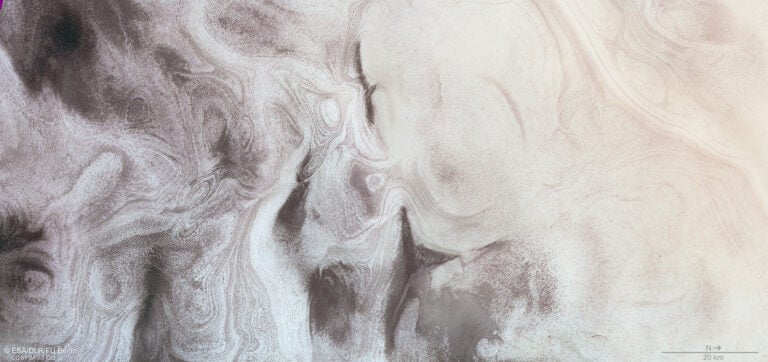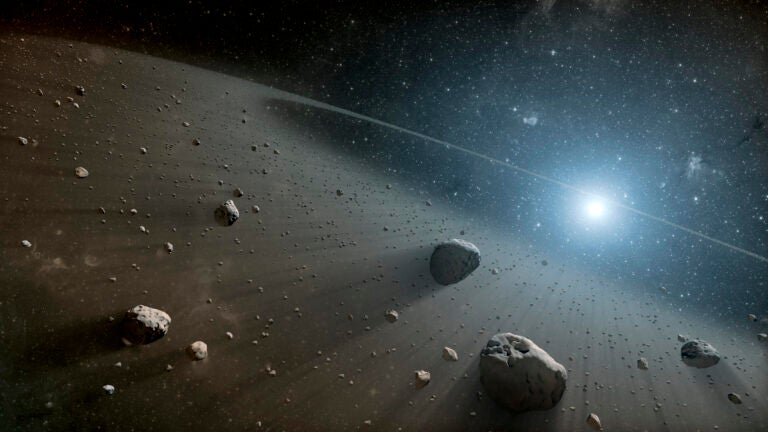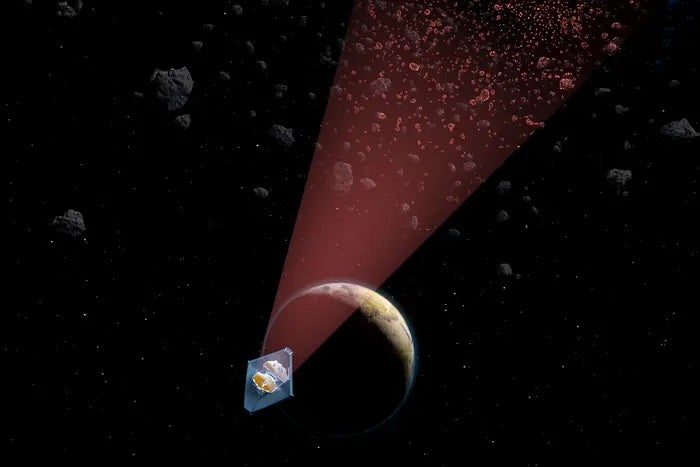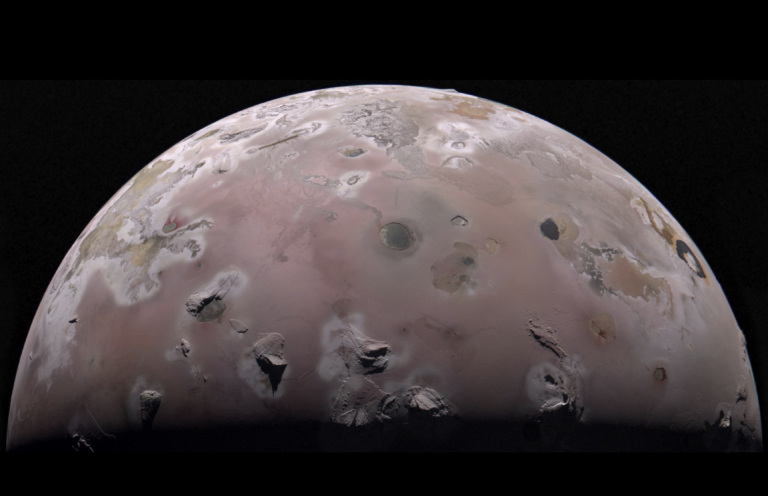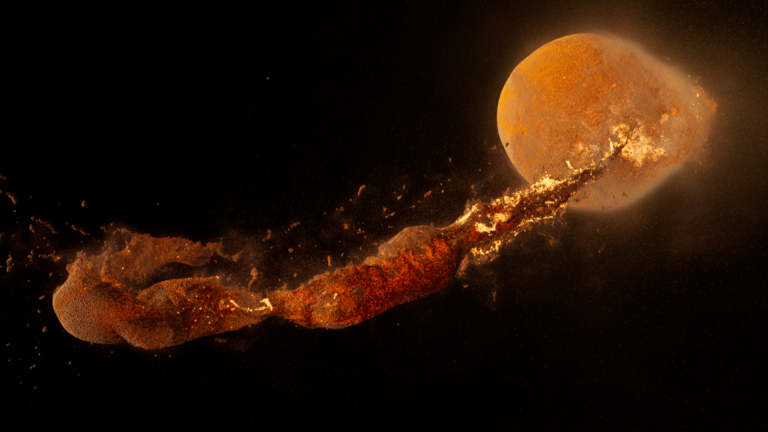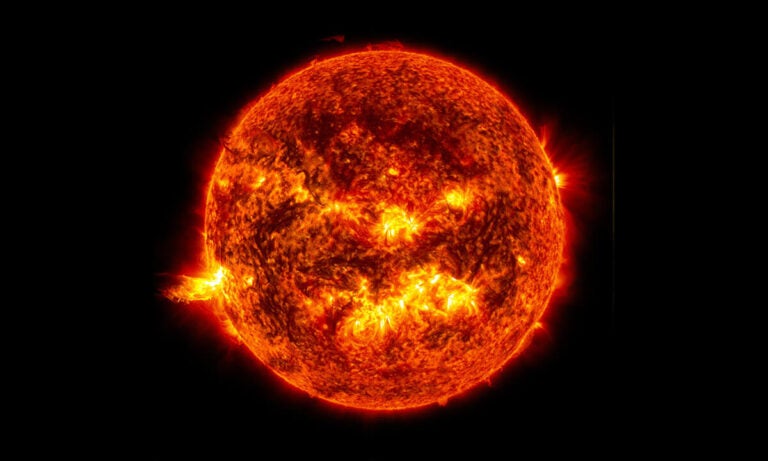But “comet” may not be quite the right word. It doesn’t much resemble those icy outer solar system bodies. For one, it has little to no tail.
“It was clearly not a classical Oort Cloud object right from the beginning because it was so inactive,” says principal investigator Karen Meech.
This inactivity led Meech and her group to term similarly quiescent space rocks “Manx objects,” named for a breed of house cats with a nub in place of a proper tail. Meech jokes that they want to refer to any grouping of said objects as a “clowder,” the word used for a group of cats.
But C/2014 S3 had other surprises in store. It also lacks the reddish glow common to many comets. Comets hail from the outer solar system, which is dominated by ammonia, water, and methane ices, the latter of which give off the red hue. Instead, C/2014 S3 appears to be made out of olivine and pyroxene, the same rocky material found in S-type meteorites and inner solar system objects.
“There’s a large number of models which try to assemble the solar system,” Meech says. She points toward the Grand Tack model, where Jupiter and Saturn started in more interior orbits before migrating outward in an epic cosmic dance that disrupted the infant solar system. “In the process of migrating, because they’re bigger and more massive, [Jupiter and Saturn] can drag stuff from the outer region inward and the inner region outward.”
Once future Manx comets are identified —and Meech thinks about 15 per year could be discovered — she and her team want to look into their structure to determine if they are merely inactive Oort Cloud objects or more asteroids pelted to the solar system’s outer confines by an event eons ago.
And C/2014 S3 defies easy classification in other ways. For instance, it didn’t completely lack a tail. Instead, it had a small tail (a slight bob, not unlike the namesake Manx) apparently made of water ice, something very atypical of S-type asteroids and meteors. It also has an incredibly elongated orbit that takes 860 years to complete and brings it within 2.1 times the Earth-Sun distance, just outside of Mars’ orbit. This is the very inner edge of the asteroid belt, meaning it may be returning near its point of origin before swinging back to the icy comet belt on the far outer edge of the solar system.
To know for sure what’s going on, Meech’s team needs to find more of these objects. They’ve identified about 15 Manx objects so far, but Meech says, “Those, at least as far as we can tell right now, don’t look like this one.”
Perhaps C/2014 S3 is part of a larger family of lost asteroids, which a larger sample size would reveal. “But it could be an oddball, who knows,” Meech says. Whatever C/2014 S3 is, it’s one of the oldest relics of the early solar system yet seen.
The study was published today in Science Advances.

